When it comes to maximizing leg workouts, heel elevated Smith machine squats stand out as an excellent exercise. This variation of the traditional squat is designed to target the quadriceps more intensely by altering the angle of the squat and shifting the focus away from the glutes and hamstrings. Whether you're looking to improve your squat form, address specific muscle imbalances, or increase quad engagement, the heel elevated Smith machine squat offers a range of benefits.
What are Heel Elevated Smith Machine Squats?
A heel elevated Smith machine squat involves performing squats on a Smith machine while placing your heels on a raised platform. This small adjustment significantly changes the mechanics of the squat, allowing for a deeper range of motion and increased emphasis on the quadriceps. The Smith machine's guided bar adds stability, allowing you to focus on your form and reduce the risk of injury.
Benefits of Heel Elevated Smith Machine Squats
-
Enhanced Quad Activation: Elevating the heels forces the knees to travel further forward over the toes, creating a greater knee flexion angle. This effectively isolates the quads, making them the primary muscle worked. As a result, heel elevated squats are a great option for individuals seeking to emphasize quad development.
-
Improved Squat Depth: The elevation of the heels allows for greater ankle dorsiflexion, which aids in achieving a deeper squat position. This deeper squat improves overall muscle activation, particularly in the quads, as well as enhances mobility in the lower body.
-
Support for Proper Form: The Smith machine offers added support, especially for beginners or those who struggle with maintaining proper squat form. It ensures the bar moves along a controlled path, reducing the likelihood of leaning forward excessively or losing balance.
-
Increased Range of Motion: Heel elevated squats can help increase the range of motion in the knees and hips, allowing for better muscle engagement throughout the entire movement. This is especially helpful for individuals with tight ankles or limited mobility.
-
Reduced Stress on Lower Back: Since the Smith machine provides stability, it reduces the strain on the lower back during squats, making it a safer option for those dealing with back issues. By locking in your body position, it minimizes the risk of improper form that could otherwise lead to injury.
How to Perform Heel Elevated Smith Machine Squats
-
Set Up the Smith Machine: Position the Smith machine bar at an appropriate height for your squat. Set up a small platform or weight plates under your heels to elevate them slightly. The height of the platform should allow your knees to travel forward comfortably as you squat.
-
Foot Position: Place your feet slightly shoulder-width apart, with your toes pointing forward or slightly outward. Ensure your heels are elevated and that your knees align with your toes.
-
Execution: With the bar securely positioned on your shoulders, lower your body into a squat. Focus on keeping your chest up and back straight. As you descend, push your knees forward and ensure they stay aligned with your toes. Go as low as your mobility allows, ideally reaching a position where your thighs are parallel to the ground or deeper.
-
Return to Starting Position: Push through the balls of your feet, but keep the pressure on your quads, to return to the standing position. Repeat for the desired number of reps.
Tips for Maximizing Effectiveness
-
Control Your Tempo: Perform each rep with a slow, controlled movement to ensure you're fully activating the quads and maintaining proper form throughout the exercise.
-
Progress Gradually: Start with a light weight to master the movement pattern before adding additional resistance. Gradually increase the weight as you become more comfortable.
-
Focus on Knees Over Toes: While many people avoid letting their knees go too far past their toes, heel elevated squats are specifically designed to allow this motion. Ensure your knees track over your toes as you squat.
Common Mistakes to Avoid
-
Not Engaging the Core: Failing to engage your core can result in poor form and potential injury. Always brace your core throughout the movement to stabilize your body.
-
Heels Rising Off the Platform: Ensure your heels remain planted on the elevated surface throughout the squat. Lifting your heels can negate the benefits of the exercise and lead to an imbalanced squat.
-
Squatting Too Shallow: For maximum effectiveness, aim to squat deep enough to activate the quads properly. A shallow squat won’t provide the same level of muscle engagement.
Conclusion
Heel elevated Smith machine squats are an effective way to target the quads and improve squat depth and form. By elevating your heels, you can shift the focus away from the glutes and hamstrings, giving you an extra boost for quad development. Whether you're a beginner or an experienced lifter, this exercise is a valuable addition to any lower-body workout routine.




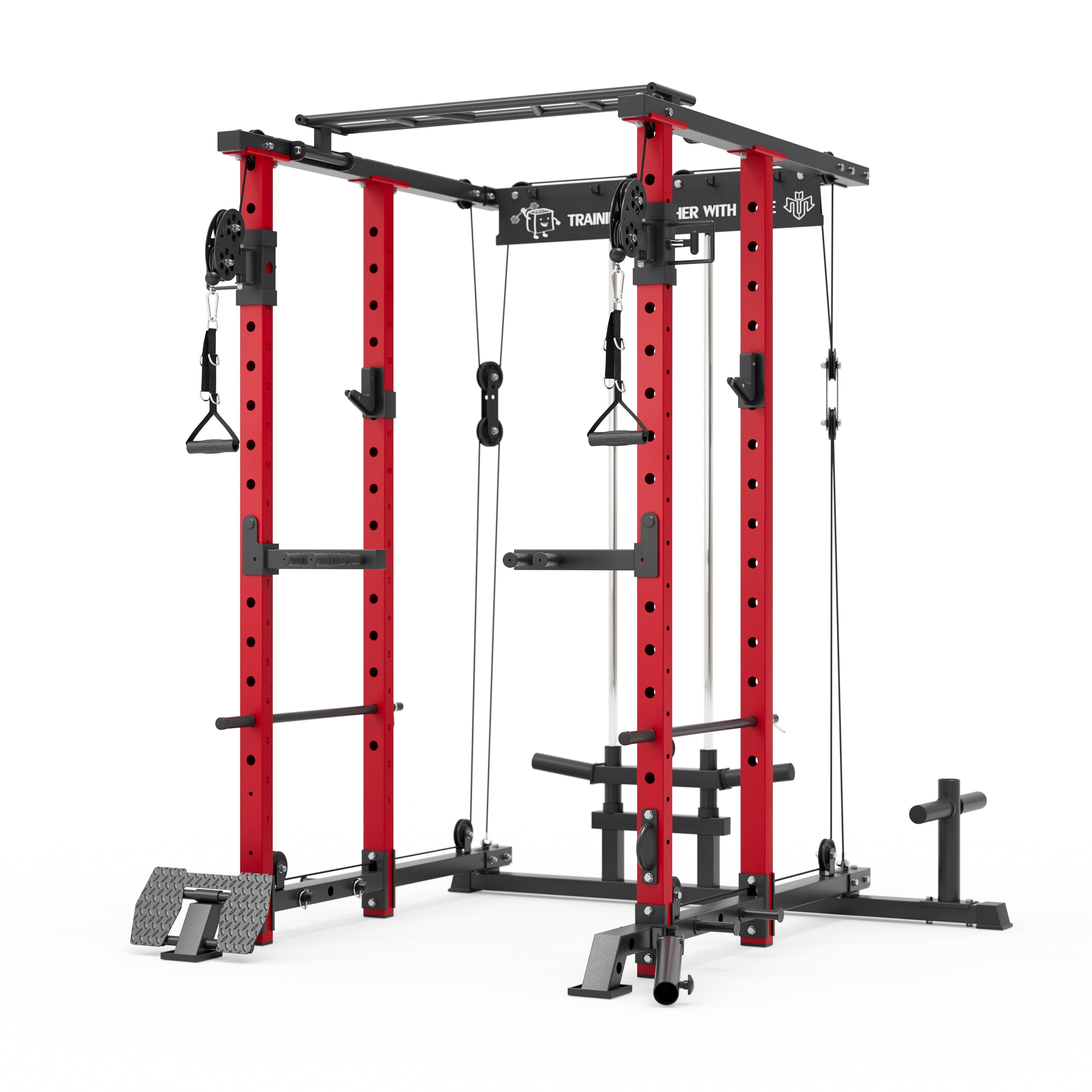
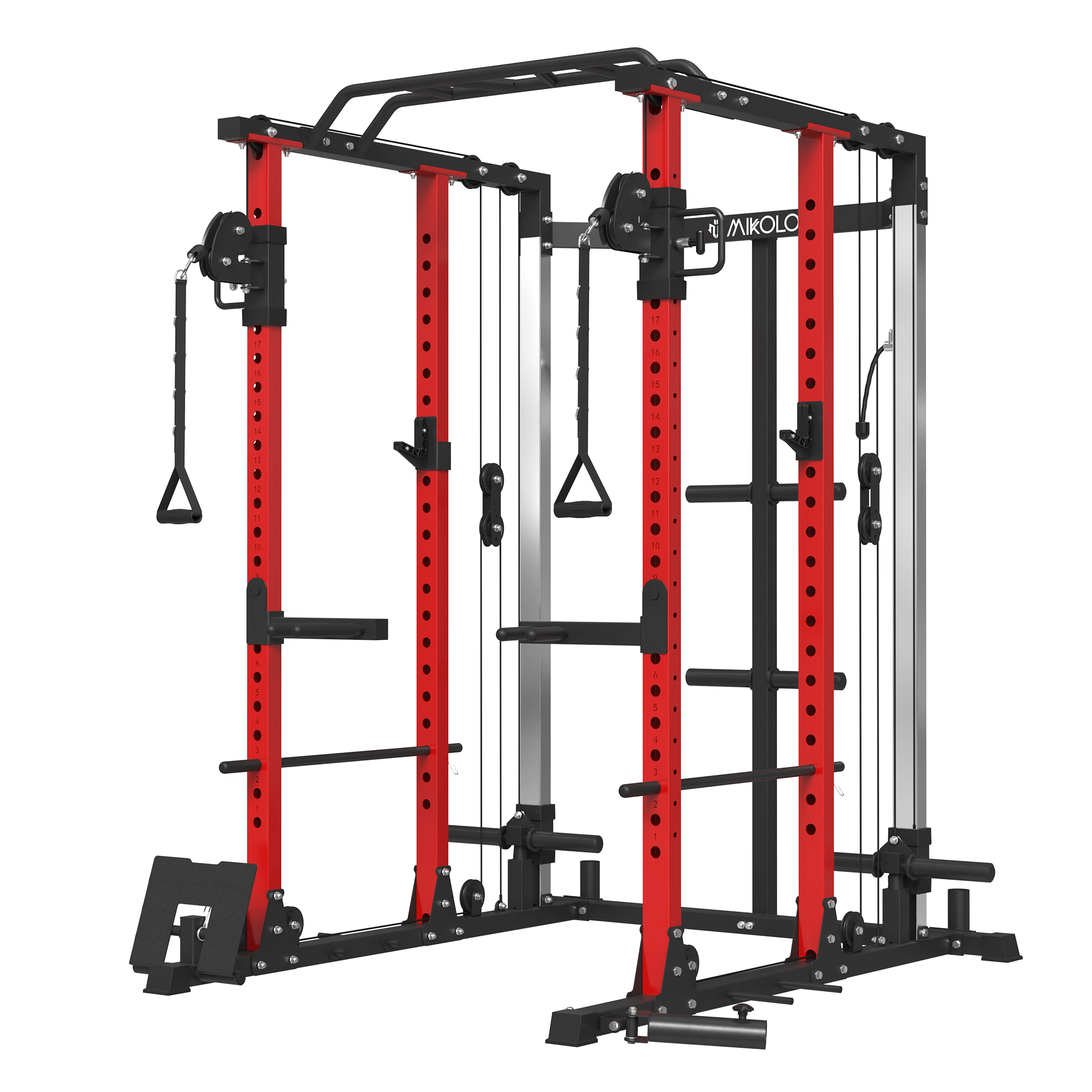

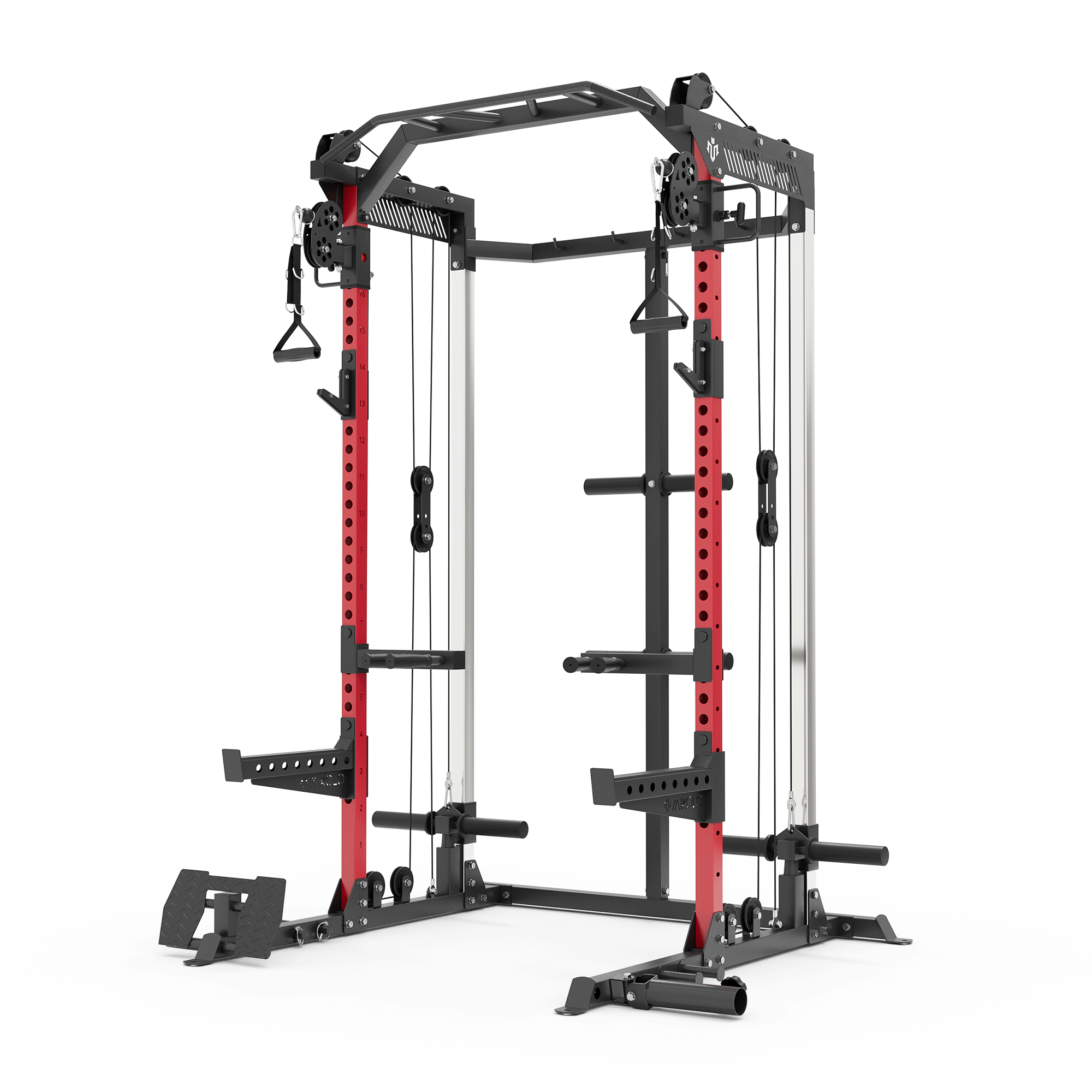
















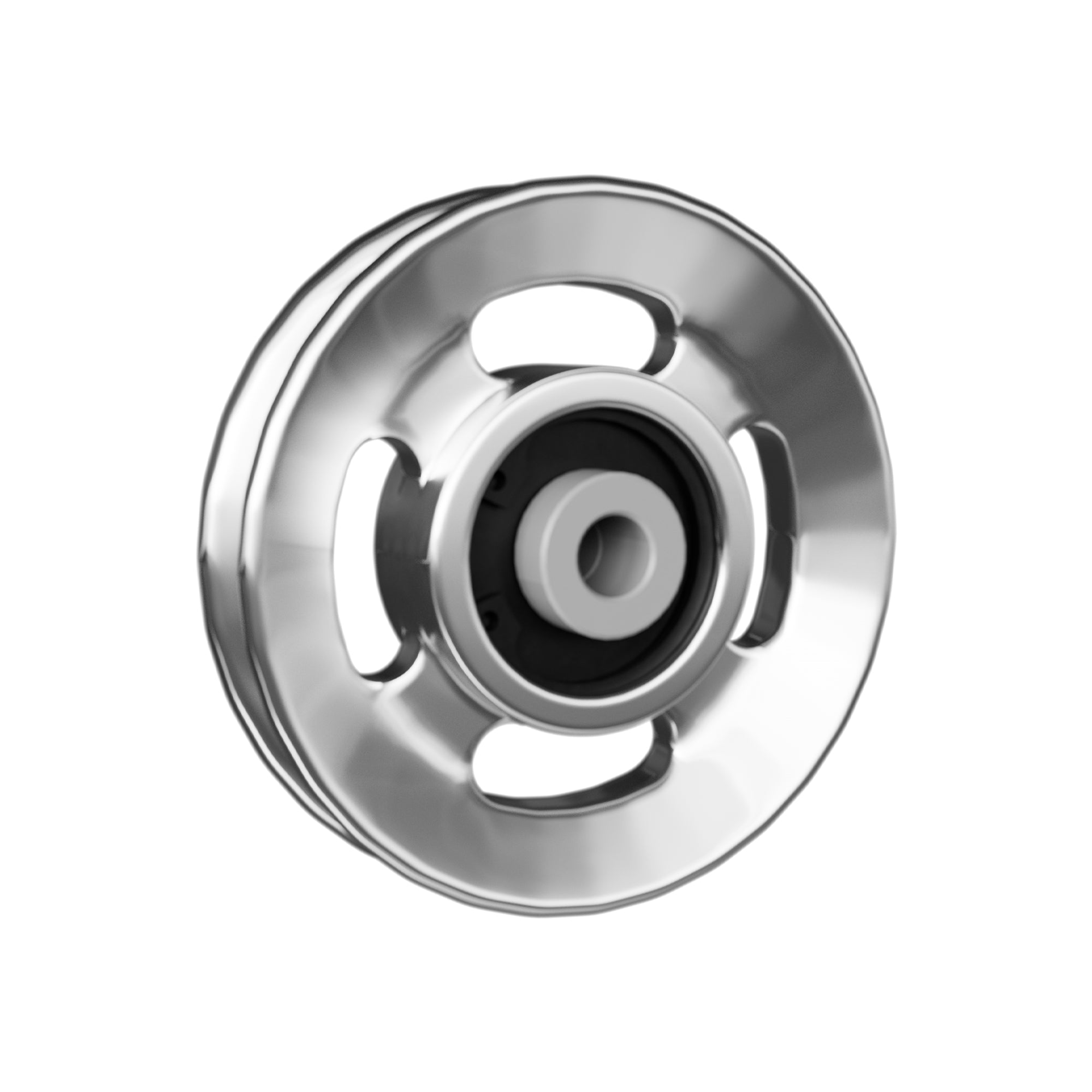
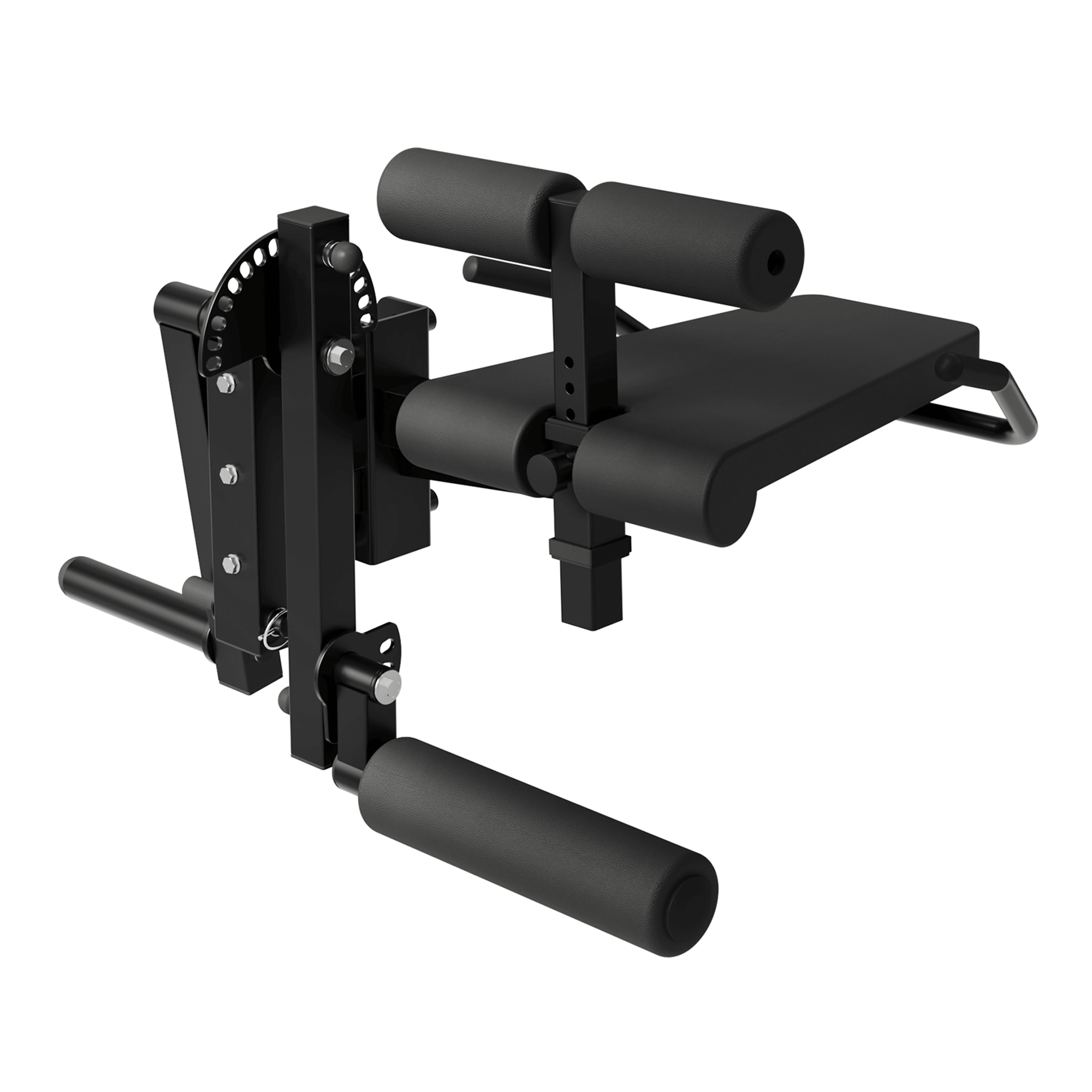



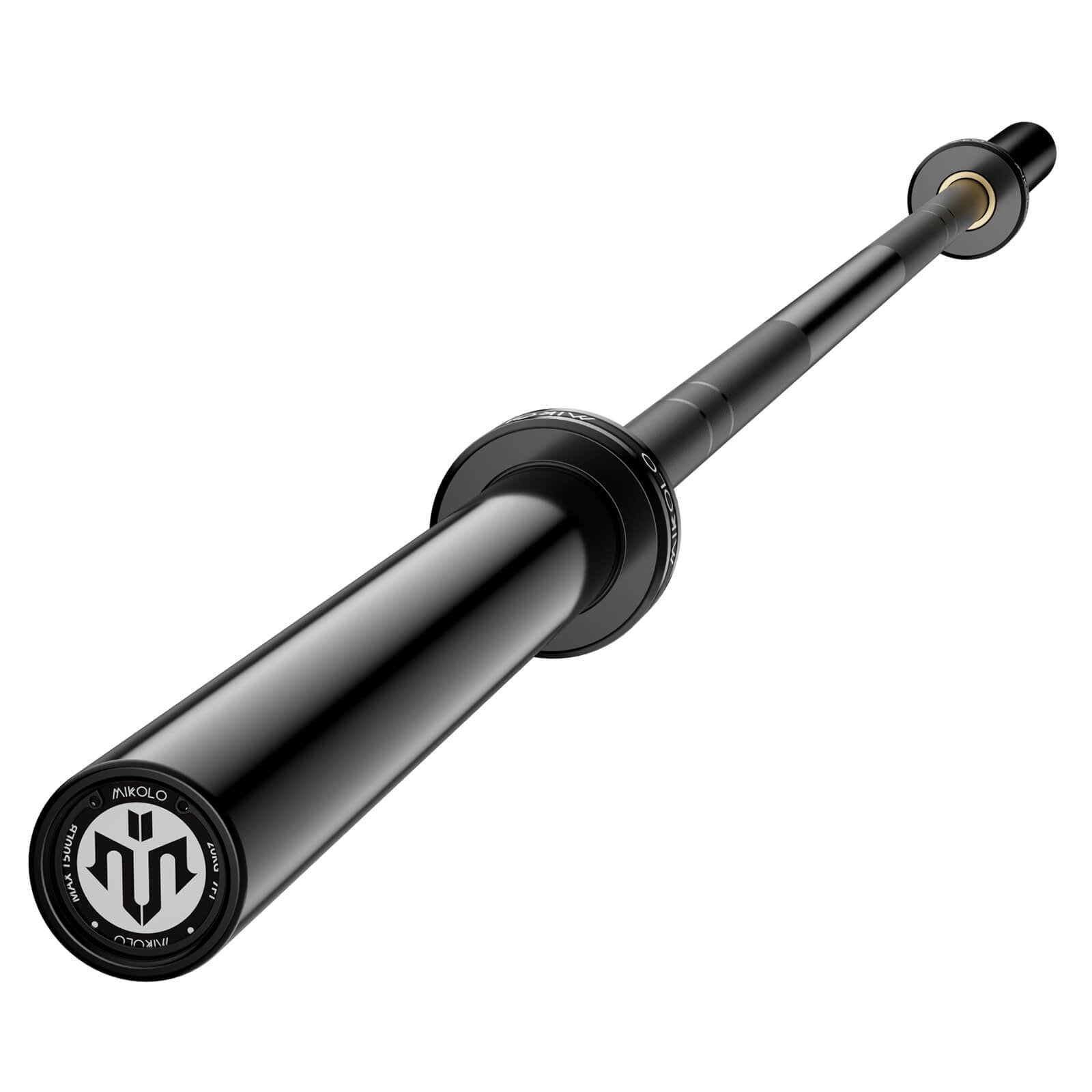




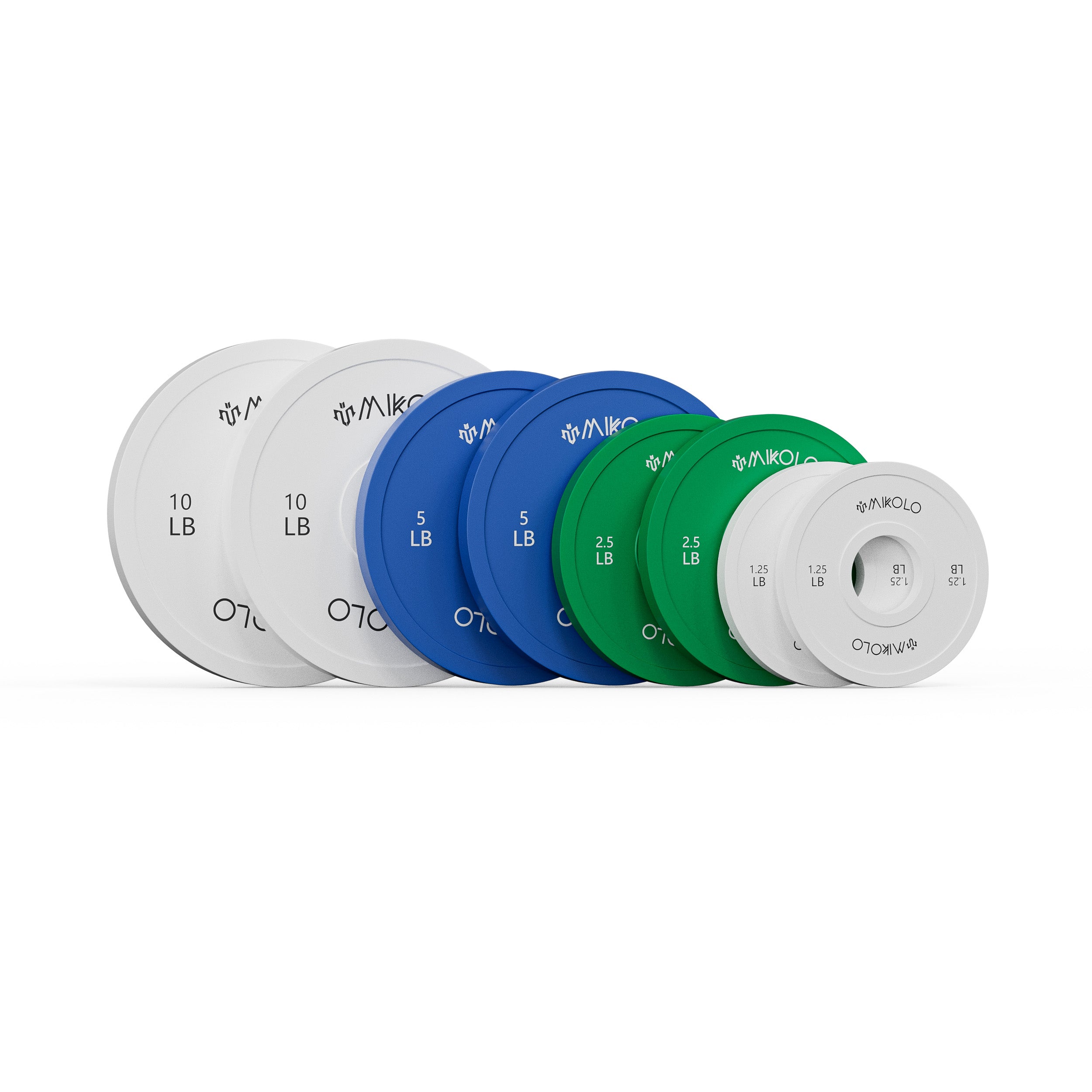



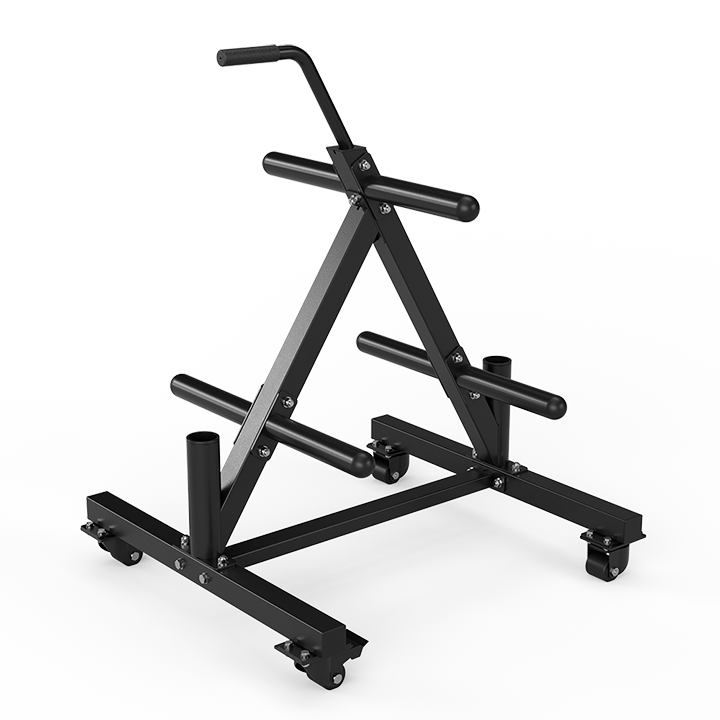




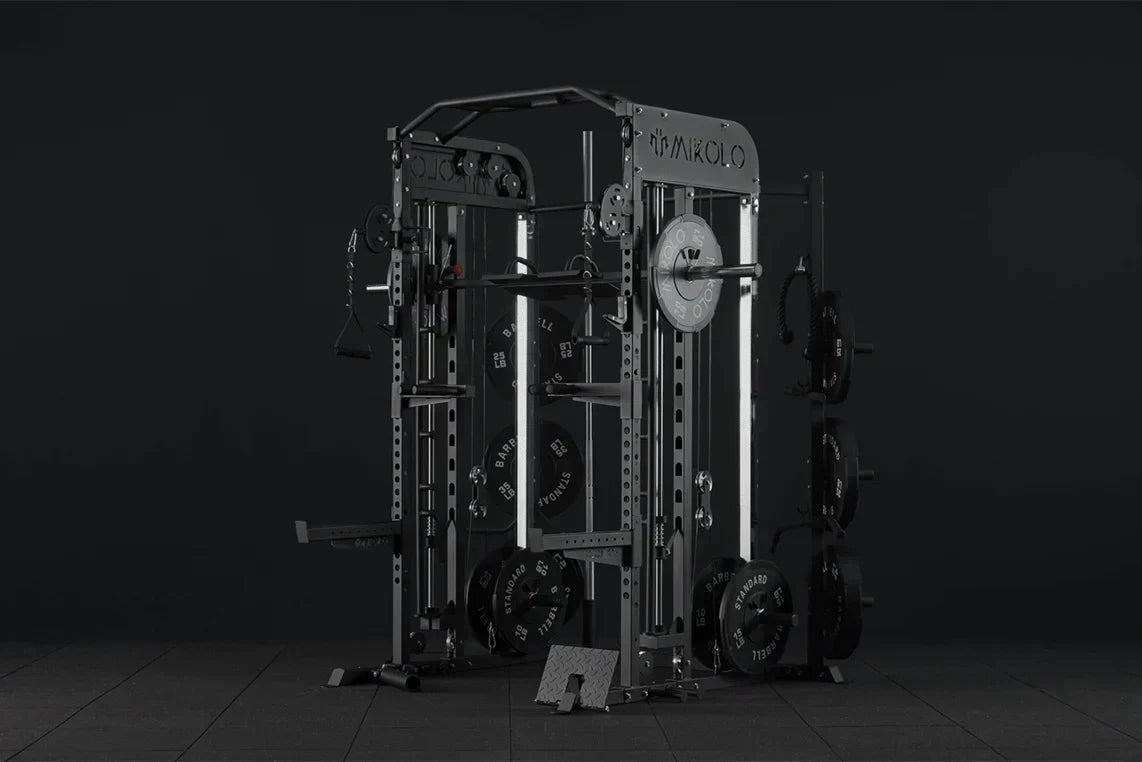

Leave a comment
This site is protected by hCaptcha and the hCaptcha Privacy Policy and Terms of Service apply.